The 5 best iPhone microphones (for recording podcasts on the go)

Whether it be for portability, cost or ease of use, many podcasters and online content creators are opting to use their smartphones for audio recording. While some will argue that quality will be sacrificed, adding a high-quality iPhone microphone or other device can undoubtedly lead to a great recording experience.
Without an external microphone, audio on your iPhone can be blown out, full of echoes if recorded in a large room and subject to wind noise or other distracting background sounds. Consider the difference between talking to someone on speaker compared to talking to someone using a headset. You’ll immediately notice the difference when using a mic for audio recording, and can also use all of these options for video recording and even calls or meetings.
The two types of iPhone microphones you will encounter for your iPhone are lavalier, or clip-on, microphones and external condenser microphones. While both will improve on recording directly from your phone or using Airpods or other headphones, they have very different functions. Lavaliers for iPhones will work best for stationary recording, either of one speaker or two speakers if using a two-mic kit. Condenser microphones can be used for interviews as well, but are also able to record audio in the field, such as group meetings or other audio with multiple voices or sounds that need to be captured.
After recording, you will likely want to send audio to your computer to edit, although there are several apps that allow for editing audio on your phone as well. Zoom and Shure are a few brands that have released apps to accompany their iPhone microphones, and a quick search in the app store will reveal numerous other paid and free options. You can use all of these apps for recording as well.
While several microphones that use the headphone jack or other inputs that are compatible with a wider range of phones are available, for this list we’ll focus on iPhone microphones with a lightning port input. Keep in mind that because iPhones only have one lightning port, you may not be able to monitor sound as you are recording unless the mic includes a headphone jack or you also invest in a lightning port splitter.
Should You Use An iPhone Mic?
If you are an iPhone owner already, purchasing an iPhone mic and using your phone to record may seem like an easy option for podcasting. There are several great mics available for iPhone, and in many cases audio quality will match that of similarly priced podcast mics that require a laptop or other mixing device to record. In recent years, top brands like Shure, RODE and Zoom have embraced the iPhone as a recording device and podcasters are no longer left to gamble with obscure manufacturers.
The best applications for iPhone microphones are for on-the-go recording or other situations where you may not be able to bring a full-recording set up. Beginning podcasters not yet ready to invest in more advanced microphones may also choose to try out podcasting with their iPhone first. In most professional situations, you will be better off with an XLR or USB microphone that can be controlled a bit more and produce a fuller audio track. You will likely be editing your audio on a computer anyway, so recording to your phone only saves you a bit of time in the long run.
However, if you only have $100.00 to spend and don’t have access to a computer you can edit or record with, these are great bets. Podcasters who travel a lot and want the option to record on the road and then edit later may also want to consider these mics.
Best iPhone Mics
Shure MV88
This compact condenser microphone from Shure will get you some of the best audio recording quality possible on iPhone. The microphone is multi-directional, meaning it will work well for quick two-person interviews, performances or other recording where audio should be captured from multiple directions. The mic also tilts, so you can direct it towards yourself or another speaker.
The microphone can quickly be connected and used with your preferred recording app or with the ShurePlus Motiv Mobile Recording App. Shure’s app also allows you to adjust the stereo width, gain and EQ of the mic.
At $129.00, this is one of the more high-end iPhone mics but the quality of audio is second to none.
Zoom iQ6 X/Y
Anyone experienced with audio recording will speak highly of Zoom, well-known for their field recorders like the H4N. This compact device mimics the design of the H4N and other condenser microphones Zoom manufactures, with two microphones that can be adjusted to capture audio from a variety of angles.
The $99.00 iQ6 also has an easy to use gain adjuster on the exterior that allow you to precisely set your input level. Another benefit of the iQ6 is a built-in dedicated headphone jack so you can monitor audio as you record. The jack also doubles as a line output, allowing you to connect your phone to speakers or another device.
Zoom’s Handy Recorder app introduces more editing tools and effects, as well as different recording formats.
The iQ6 is one of three iPhone mics currently available from Zoom. The iQ7 is another great option, and the iQ5 (while a bit harder to find online) has a few less capabilities but is worth considering too.
RODE SC6-L
If you already have are primarily looking for a microphone for interviews, consider the SC6-L from RODE. The “frequently bought together” kit includes two of RODE’s popular smartLav+ mics, as well as an input adapter that can be used to input both mics into your smartphone for recording. You have the option to record a single file with both mics, or separate tracks for each speaker.
While there are less situations where the RODE SC6-L would be helpful, for interviews it is an ideal option that will lead to less background noise and overall better audio quality than an external mic.
RODE i-XY-L
Another option from RODE is the i-XY-L, which produces a rich, smooth sound and has a compact design. The microphone has an ultra-durable metal build and comes with a small windshield for outdoor recording and a case for travel.
A slightly older model, the i-XY does not have as many recording options as some newer devices, but the audio quality it does produce is great. Two ½ inch cardioid condenser capsules are fixed at a 90 degree angle to produce an immersive and true to life recording pattern.
Blue Raspberry Mobile USB Microphone
The Blue Raspberry microphone connects to your phone via a USB connection, much like an external battery pack would, as opposed to connecting directly to your phone. It comes with an integrated stand with rubber shock-absorbing feet, allowing for hands-free recording more along the lines of a traditional audio recording set-up. Internal noise-reduction comes from diffusion within the mic, and the dynamic condenser structure is capable of recording high-quality sound while placed on a table or held closer to the speaker.
While the cable connection makes the set-up a bit less portable and less ideal for recording on-the-go, you do have the option of using your phone will recording to check notes, or even attaching a longer cable to record with the mic a greater distance away. You can also always opt to use the mic with a computer instead of a phone, if desired.
The Blue Raspberry is typically priced over $100, making it more expensive than Blue’s popular Snowball and about the same price as the Blue Yeti.
Discover Pods may receive a commission for items purchased, however, neither the reviews nor the rankings have been influenced.






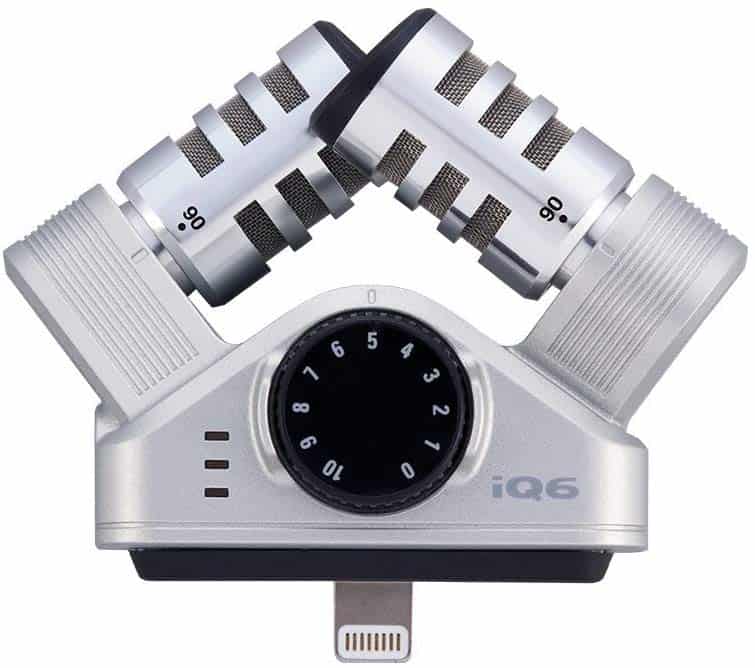
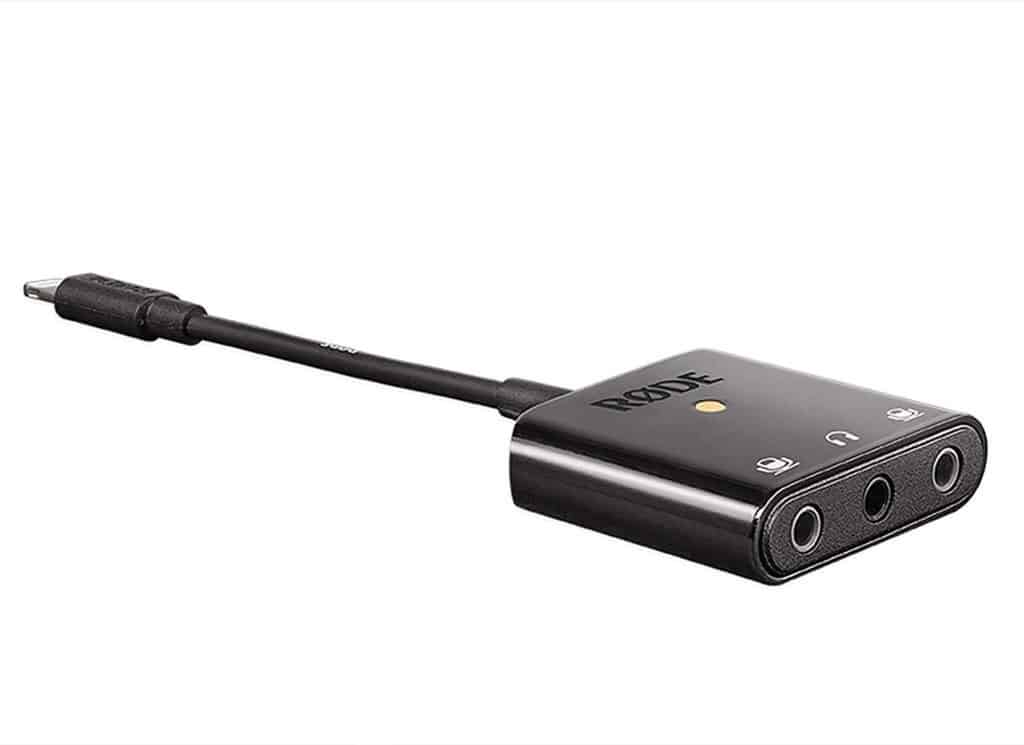
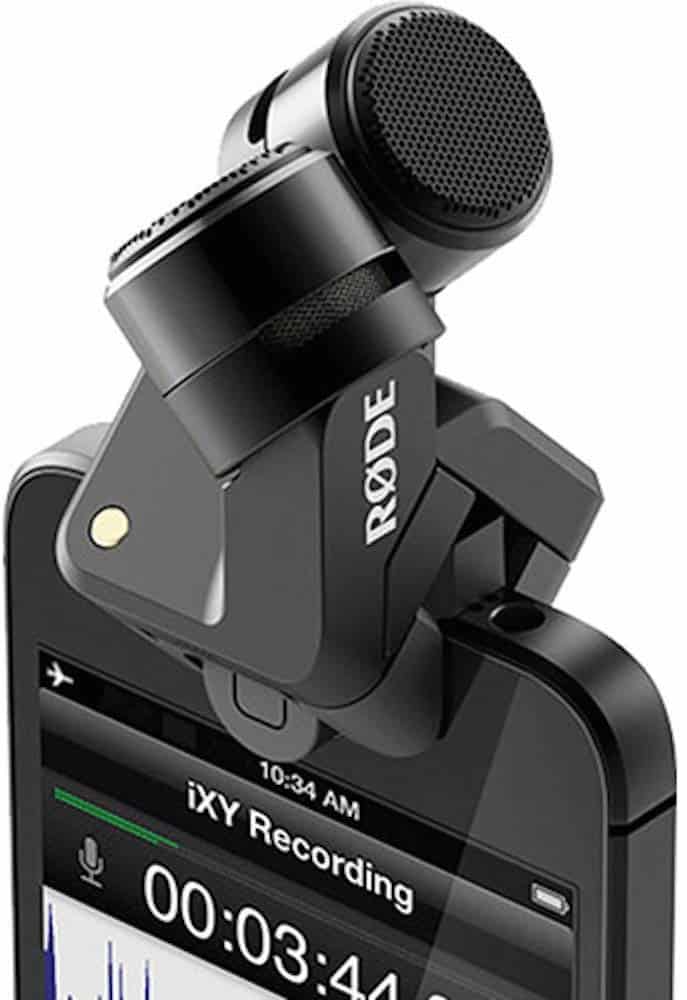
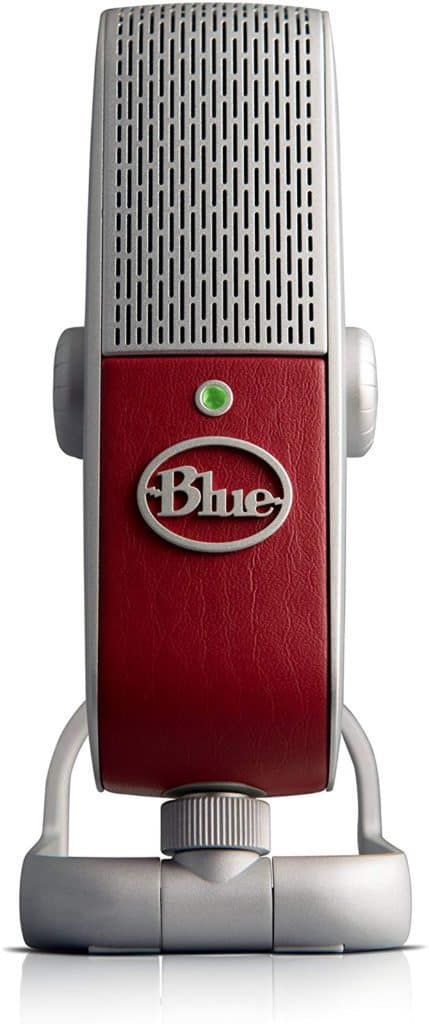
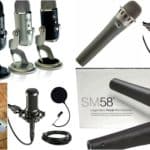
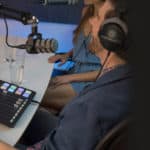
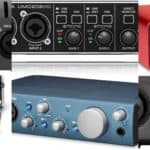





1 comment
Hello,
Nowadays there are so many online resources which are available. Among them, you have provided the best list of microphones which is really commendable and personally I like the detailing about each microphone.
Thanks for sharing.
Comments are closed.